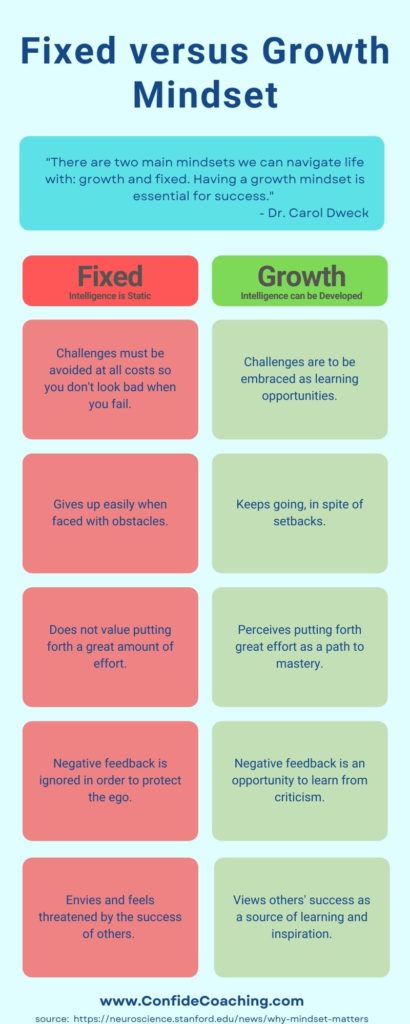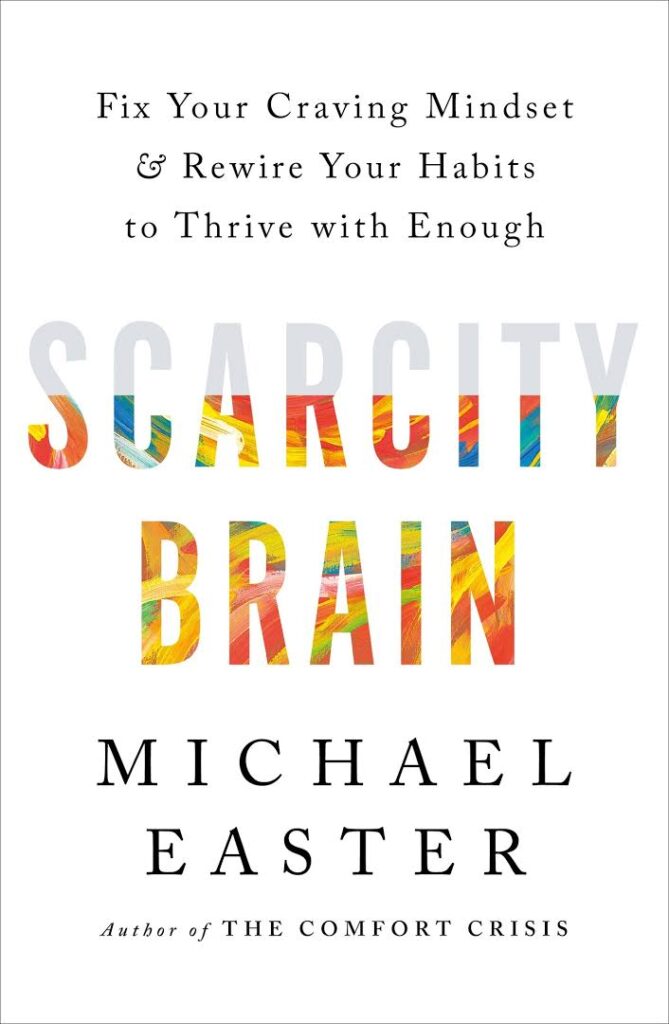
Picture this: It’s a bright, sunny Monday morning. You’re sitting at your desk, coffee in hand, staring at a screen filled with emails, a looming project deadline, and a to-do list that seems to stretch into infinity. Instead of diving right in, you find yourself mindlessly scrolling through social media. You reorganize your desk for the umpteenth time, or even end up deep in research for your next summer vacation–meticulously planning every detail, even though you’ve just returned from a getaway and your work tasks are piling up.
Procrastination Defined
Procrastination is often misunderstood as mere laziness or poor time management, but it’s much more complex than that. At its core, procrastination is about avoiding the negative emotions associated with a task – be it boredom, anxiety, insecurity, or fear of failure. It’s not that we don’t want to do the work; it’s that we’re trying to shield ourselves from the discomfort that the work brings up. This emotional and psychological aspect of procrastination is what makes it such a tricky habit to break. It’s not just about learning to manage time better; it’s about managing our feelings and mindset.
In this article, we’re going to explore five insightful and practical tools to help you overcome procrastination. These aren’t just tips for better scheduling or getting more organized (though those are important too); they’re strategies for understanding and dealing with the underlying reasons why we procrastinate. By the end of this article, you’ll have a toolkit not just for doing more, but for feeling better about what you do. Let’s dive in and discover how to turn procrastination into productivity.
Tool #1: Reframing Your Tasks
One of the most powerful tools in overcoming procrastination is cognitive reframing. This psychological technique involves changing the way you view a task or situation, thereby altering your emotional response to it. It’s about shifting your perspective from a negative or daunting viewpoint to a more positive and manageable one.
The essence of cognitive reframing lies in altering your internal narrative. For instance, when faced with a daunting task, our internal monologue often goes, “I must do this,” which can feel oppressive and overwhelming. Language like this can trigger a stress response, making the task seem like an insurmountable burden. The key is to transform this narrative into something more empowering, such as “I choose to do this.” This subtle shift in language can make a significant difference in how we approach our tasks. It moves us from a place of obligation to one of autonomy, making the task feel like a choice rather than a chore.
Apply a Growth Mindset
Dr. Carol Dweck, a renowned psychologist known for her work on mindset, emphasizes the power of our internal dialogue.  She states, “The view you adopt for yourself profoundly affects the way you lead your life.” By adopting a growth mindset and viewing tasks as opportunities for learning and development, we can change our approach to work and life challenges.
She states, “The view you adopt for yourself profoundly affects the way you lead your life.” By adopting a growth mindset and viewing tasks as opportunities for learning and development, we can change our approach to work and life challenges.
For example, consider a task like preparing a report. Instead of thinking, “I have to finish this report by Friday, and it’s going to be tedious,” try reframing it as, “I choose to complete this report because it’s an opportunity to showcase my knowledge and contribute to my team.” This approach not only reduces the emotional weight of the task but also helps you find intrinsic value in completing it.
In summary, cognitive reframing is not about denying the reality of challenging tasks but about finding a more constructive and empowering way to approach them. By changing our internal narratives, we can transform our attitude towards our work, turning procrastination into proactive, purposeful action.
Tool #2: Harnessing Procrastination for Creativity
While procrastination is often seen as a barrier to productivity, Adam Grant, an organizational psychologist and bestselling author who studies how people find motivation and meaning, presents an intriguing perspective: procrastination can be a powerful tool for creativity. In a podcast interview with Dr. Andrew Huberman, Grant suggests that delaying a task isn’t always harmful; in fact, it can lead to the generation of more novel and innovative ideas.
Creative benefits of procrastination stem from its ability to break us out of tunnel vision. When we delay a task, especially one that requires creative thinking, we give our minds the opportunity to wander, to explore diverse thoughts and ideas that we might not consider if we were to dive straight in. This ‘incubation period’, as some psychologists call it, allows our subconscious mind to work on problems in the background, leading to more creative and less obvious solutions.
Cut Yourself Some Slack
To effectively use procrastination as a tool for creativity, it’s essential to give yourself some ‘slack time’ before starting a task. This doesn’t mean you should put off your work indefinitely. Instead, after initially thinking about the task, take a deliberate break to engage in a different activity, allowing your mind to subconsciously ponder the original task. This approach can be particularly beneficial for tasks that require out-of-the-box thinking or creative problem-solving.
However, for this method to be effective, intrinsic motivation is key. You need to be genuinely interested and engaged in the task at hand. In practice, if you’re working on a creative project like writing or designing, consider spending some time mulling over your ideas, then step away to do something unrelated. This break gives your brain the chance to unconsciously process and connect ideas, often leading to those ‘aha’ moments when everything suddenly clicks into place.
So while procrastination is typically viewed negatively, when used strategically and with intrinsic motivation, it can become a surprising ally in the creative process, helping you generate more innovative and creative ideas.
Tool #3: Better Ways to Measure Progress
A common pitfall in our quest to overcome procrastination is the way we measure progress. Traditionally, we tend to focus on the completion of tasks – the outcome – which can sometimes be overwhelming or demotivating, especially for larger projects. A more effective approach is to shift our focus to measuring progress in more meaningful and motivating ways.
One such method is setting process goals instead of outcome goals. Process goals are about the actions we take, the processes we follow, and the habits we build, rather than the final outcome. For example, instead of setting a goal to “complete the report by Friday,” a process goal would be “to work on the report for one hour each day.” This shift in focus celebrates the effort and consistency, making the task feel more manageable and less daunting. It also provides a sense of accomplishment on a daily basis, which can be incredibly motivating.
The Power of Journaling
Another powerful tool in measuring progress is reflective journaling or progress tracking. Keeping a journal where you reflect on what you’ve done each day, the challenges you faced, and how you overcame them can provide a clearer picture of your progress. It’s a way to acknowledge and celebrate small wins, which can be particularly motivating when working on long-term projects. This practice also offers insights into your working patterns and helps identify what strategies are most effective for you.
Progress tracking can be as simple as keeping a checklist in your Bullet Journal or using a digital tool or app to track your daily or weekly progress. Visualizing your advancements in this way can provide a tangible sense of achievement and momentum. It’s about recognizing that every step forward, no matter how small, is a step in the right direction.
By focusing on process goals and engaging in reflective journaling or progress tracking, you can shift your perspective from a daunting end goal to a series of achievable steps. This approach not only helps in maintaining a steady pace but also keeps motivation high, as you’re able to see and appreciate your progress along the way.
Tool #4: The ‘Five-Minute’ Rule
A simple yet surprisingly effective tool in the battle against procrastination is the ‘Five-Minute Rule.’ This rule is based on the idea that the hardest part of any task is often just getting started. By committing to work on something for just five minutes, you can overcome this initial resistance and often find yourself continuing with the task for much longer.
The principle behind the ‘Five-Minute Rule’ is that by telling yourself you only have to endure the task for five minutes, you reduce the mental burden it represents. It’s a way of tricking your brain into getting started. The thought of spending hours on a task can be overwhelming, but almost anyone can bear the thought of just five minutes. Once you’ve started, the inertia of your efforts often keeps you going.
For example, if you’re dreading the idea of writing a report, tell yourself you’ll only write for five minutes. Start with something small, like outlining a single section or brainstorming ideas. More often than not, you’ll find that once the five minutes are up, you’re engaged enough to continue. The initial hurdle of beginning has been cleared, and the task doesn’t seem as daunting anymore.
 ‘Five-Minute Rule’ Tips
‘Five-Minute Rule’ Tips
- Be Strict with Time: Set a timer for five minutes. This creates a real commitment and a clear endpoint, which makes it easier to start.
- Choose a Specific Task: Instead of a vague goal like “work on the project,” pick a specific, manageable task you can do in five minutes.
- Prepare Your Workspace: Before you start your five minutes, make sure you have everything you need. This minimizes distractions and excuses to stop.
- Focus on Starting, Not Finishing: Remind yourself that the goal is to start, not to complete the task. This takes the pressure off and makes beginning less intimidating.
- Reflect Afterward: Once the five minutes are up, take a moment to reflect, and consider incorporating this reflection into your progress tracking as mentioned in Tool #3; this way, you can visually acknowledge and record even these small increments of progress, reinforcing the sense of achievement and momentum.
Tool #5: Embracing Structured Procrastination
Structured procrastination is an unconventional yet effective tool for dealing with procrastination. This concept, coined by Stanford professor John Perry, turns the habit of procrastination into a productivity technique. The idea is to use procrastination to your advantage by structuring your tasks in a way that procrastinating on one leads to the completion of another.
Essential to structured procrastination is prioritizing tasks cleverly. The strategy involves making a to-do list with a mix of high-priority and low-priority tasks. Place a few daunting, but not urgent, tasks at the top of your list and more enjoyable or easier tasks below them. When you procrastinate on the top tasks, you end up doing the other tasks on your list. This way, you’re still productive, completing tasks that need to be done, while avoiding the tasks you’re not ready to tackle yet.
Structured Procrastination in Action
For example, if you’re avoiding working on a complex report, you might find yourself tackling other tasks like organizing your workspace, answering emails, or even completing smaller projects that you’ve been putting off. These tasks, which might normally feel like distractions, become productive in the context of structured procrastination.
Here are some techniques to effectively structure your tasks for structured procrastination:
- Create a Varied Task List: Include a mix of tasks of varying difficulty and interest. The less appealing tasks should be important but not urgent, while the more appealing tasks should be those that you can complete relatively easily.
- Understand Your Priorities: Be clear about the deadlines and importance of each task. This understanding is crucial to ensure that procrastination doesn’t lead to missing critical deadlines.
- Use Procrastination as a Cue: When you find yourself procrastinating, use it as a cue to switch to a different task on your list, rather than a cue to stop working altogether.
- Reassess Regularly: Regularly review and rearrange your task list. Sometimes, a task you’re avoiding may become urgent, necessitating a shift in priorities.
- Reward Yourself: Acknowledge (by tracking) and randomly (not all the time)

Michael Easter’s latest book “Scarcity Brain” uncovers some of the latest research in how we are wired.
reward yourself for completing tasks, even if they were done while procrastinating on something else. This reinforces positive behavior. Random Intermittent Reward Timing is a method inspired by gaming and was recently made popular by Dr. Andrew Huberman in his Huberman Lab podcast and Michael Easter’s latest book Scarcity Brain. Using random intermittent rewards can activate the brain’s reward system and increase motivation, focus, and alertness. Predictable rewards lose their motivational impact quickly.
Embracing structured procrastination is about making procrastination work for you. It’s a strategy that acknowledges and leverages the natural tendency to procrastinate, turning it into a tool for productivity rather than an obstacle. By smartly organizing your tasks, you can ensure that time spent avoiding one task leads to the completion of others, thereby maintaining overall productivity.
Conclusion on Procrastination
In this journey to overcome procrastination, we’ve explored five unique tools, each offering a different perspective and strategy to help you break free from the chains of delay and inaction.
Key Points
- Reframing Your Tasks: Shift your mindset from “I must do this” to “I choose to do this,” transforming obligation into a choice.
- Harnessing Procrastination for Creativity: Use strategic delays to enhance creativity, allowing your subconscious mind to generate novel ideas.
- Better Ways to Measure Progress: Focus on process goals and track your progress, celebrating small wins and consistent efforts.
- The ‘Five-Minute’ Rule: Overcome the initial resistance by committing to just five minutes on a task, often leading to prolonged productivity.
- Embracing Structured Procrastination: Turn procrastination into a productive force by cleverly structuring your tasks, ensuring that avoiding one task leads to completing another.
Each of these tools offers a unique approach to tackling procrastination, addressing not just the surface-level symptoms but the underlying emotional and psychological factors. I encourage you to experiment with these strategies, find what resonates with you, and adapt them to fit your personal workflow and lifestyle. Overcoming procrastination is not about a one-size-fits-all solution; it’s about finding the right combination of strategies that work for you.
As you embark on this journey, ask yourself, “What small step can I take today to move forward?” Let this question guide you towards taking action, however small it may be. And as you make progress, remember to reflect on your experiences and share your insights. Your journey could be the inspiration someone else needs to overcome their own procrastination.

Paul Strobl, MBA, CPC
Owner of Confide Coaching, LLC
Paul is a Master Life Coach for GenX and GenY executives and business owners. Originally from Houston, Texas, he has been location independent for most of his adult life. He currently resides in the Rhodope Mountains of Bulgaria near the Greek border with his brilliant wife, 14-year-old stepson (officially adopted in 2021!) and a Posavac Hound rescue.
References & Further Reading
Huberman, Andrew. “Teach and Learn Better with a Neuroplasticity Super Protocol.” Huberman Lab Newsletter. Huberman Lab Newsletter, October 29, 2021: https://www.hubermanlab.com/newsletter/teach-and-learn-better-with-a-neuroplasticity-super-protocol
Huberman, Andrew. “Dr. Adam Grant: How to Unlock Your Potential, Motivation & Unique Abilities.” Huberman Lab Podcast. Huberman Lab Podcast Episode, November 27, 2023: https://www.hubermanlab.com/episode/dr-adam-grant-how-to-unlock-your-potential-motivation-unique-abilities
Dweck, Carol. “Mindset: The New Psychology of Success.” Ballantine Books, 2007.
Grant, Adam. “Originals: How Non-Conformists Move the World.” Viking, 2016.
Perry, John. “The Art of Procrastination: A Guide to Effective Dawdling, Lollygagging and Postponing.” Workman Publishing, 2012.
Fiore, Neil A. “The Now Habit: A Strategic Program for Overcoming Procrastination and Enjoying Guilt-Free Play.” TarcherPerigee, 2007.
Tracy, Brian. “Eat That Frog!: 21 Great Ways to Stop Procrastinating and Get More Done in Less Time.” Berrett-Koehler Publishers, 2001.
Clear, James. “Atomic Habits: An Easy & Proven Way to Build Good Habits & Break Bad Ones.” Avery, 2018.
Newport, Cal. “Deep Work: Rules for Focused Success in a Distracted World.” Grand Central Publishing, 2016.
Pychyl, Timothy A. “Solving the Procrastination Puzzle: A Concise Guide to Strategies for Change.” Tarcher Perigee, 2013.
Burka, Jane B., and Lenora M. Yuen. “Procrastination: Why You Do It, What to Do About It Now.” Da Capo Lifelong Books, 2008.
These references include a mix of seminal works and contemporary insights into procrastination, habit formation, and productivity, providing a comprehensive background for the tools and strategies discussed in the article.

